Table of Contents
Weeds are compostable, but most gardeners fear spreading them in the garden when the compost is applied. To ensure a successful compost, take some precautions and maintain optimal conditions throughout. Weeds provide essential nutrients and serve as an organic matter to your pile. Depending on your preparation, they can become a source of carbon or nitrogen.
You can prepare untreated or treated weeds for composting in two ways: Scorch them under the sun until crisp and golden, or soak them in water for 2 to 3 months. Either method kills the weeds, their seeds, roots, and rhizomes. Dried weeds serve as excellent carbon sources while soaked weeds provide great nitrogen sources. Chop the processed weeds to speed up decomposition. Ensure a 25:1 carbon to nitrogen ratio, and layer these materials in your open compost or compost tumbler.
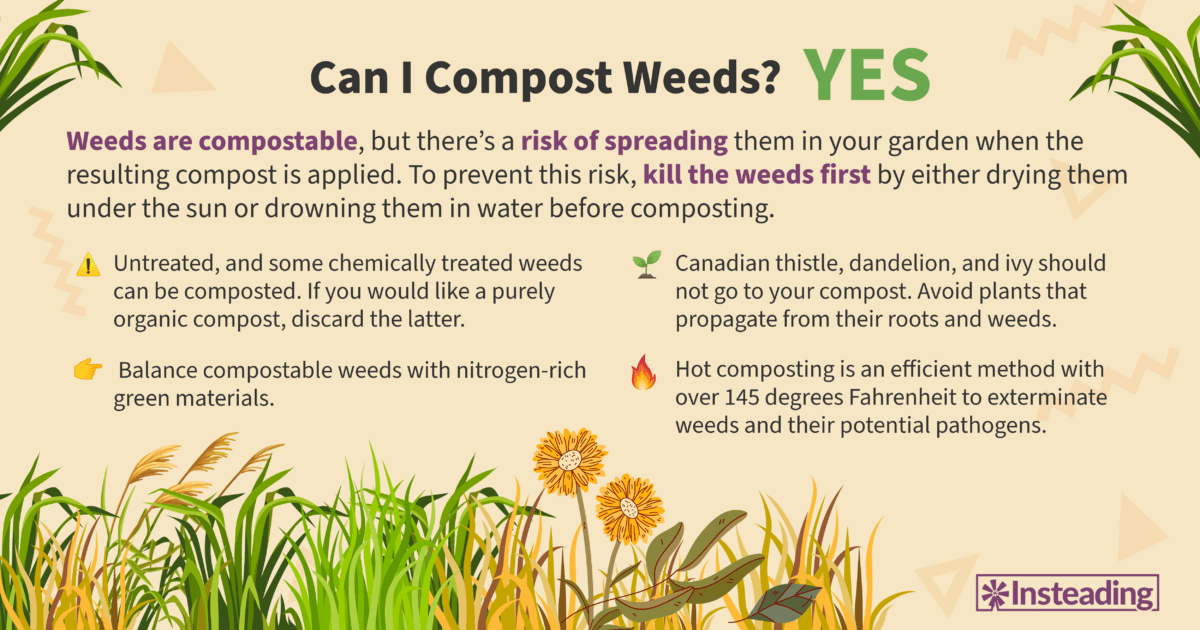
Keep temperatures above 145 degrees Fahrenheit by turning the pile regularly. This helps “cook” the rest of the weeds and will result in a valuable compost. Hot composting is ideal when handling yard wastes, such as pulled weeds.
Canadian thistle, dandelion, and ivy should not go to your compost. In general, avoid including weeds that seed and plants that propagate from their roots in your compost. If you cannot achieve the optimal conditions and temperature range needed for composting, discard diseased plants from your compost.
If composting isn’t an option, explore other alternatives below.
How to Compost Weeds
When composting weeds, prepare the organic materials carefully and aim for the ideal composting conditions to minimize potential issues. Identify whether your garden weeds were treated with herbicides.
Preparing Untreated Weeds for Composting
Before composting, gather untreated weeds and sun-dry them. Lay the untreated weeds on a metal sheet, and let the sunlight dry them until they become crisp and golden. Scorch the weeds for 2 to 3 weeks. This step prevents invasive seeds and roots from growing in your garden when applying the weed compost. Use dried weeds as carbon-rich brown materials and combine them with nitrogen-rich green materials such as food waste, fruit scraps, fresh grass clippings, and vegetable trimmings.
If you cannot sun-dry the weeds at home, kill them and their seeds by submerging them in a tightly-sealed container filled with water. Soak the untreated weeds for 2 to 3 months. Plants won’t survive long without air, resulting in soggy, dead weeds suitable as a green ingredient for your compost pile. Balance with brown materials as an appropriate carbon source. You may safely use the resulting greenish-brown liquid to beneficially water your garden plants.
After completing either of these steps, chop or shred the dead weeds to speed up the composting process. Remove any seeds, roots, or rhizomes if they survive these preparatory steps.
Preparing Treated Weeds for Composting
Certain herbicides with strong chemicals can kill unwanted seeds but may also harm the composting microorganisms in your pile if added. However, some herbicides with milder chemicals may not kill these seeds, allowing them to survive in your compost pile and grow in your garden bed when applied.
If you want to protect your garden and keep your compost purely organic, discard these treated weeds and explore other alternatives for composting.
However, if you want to compost treated weeds, create a dedicated compost, and prepare them as you would with the untreated weeds mentioned earlier. Soak or dry them to kill surviving seeds, rhizomes, or roots. Use the resulting compost only for ornamental plants and not on food crops.
Optimal Composting Conditions for Weeds
When composting weeds, maintain the ideal 25:1 carbon to nitrogen ratio. Layer these materials in your open compost or compost tumbler to create a healthy soil additive for garden use. Put the shredded weeds in the pile’s center and turn it for aeration.
Some weeds are more resistant than others. In a hot composting method, you can destroy stronger weeds and efficiently produce nutritious compost. Keep temperatures above 145 degrees Fahrenheit by turning the heap regularly. The heat generated by composting microorganisms will “cook” your organic matter, including weeds and their seeds. Use a long-stemmed backyard thermometer to monitor the temperature of your compost pile or compost tumbler.
Ensure your compost is moist but not soggy. If your compost pile becomes too wet, add more carbon materials as needed.
By maintaining these optimal conditions, you can guarantee the efficient decomposition of weeds and produce excellent compost for your plants.
How Long Do Weeds Take to Compost?
Depending on your compost conditions and composting method, the time it will take for weeds to fully breakdown varies. In cold composting, it can take up to two years for weeds to decompose. However, faster decomposition occurs during hot composting.
How Weeds Affect the Composting Process
Incorporating compostable weeds into your pile affects the composting process. Mismanaging a pile with weeds can result in unpleasant odors and slow down the decomposition of your organic wastes.
Impact on Decomposition
Weeds contain organic matter that can nourish the resulting compost for your garden. Sun-dried weeds supply carbon and reduce excess moisture in the pile, while soaked weeds serve as excellent nitrogen sources that promote microbial growth. To ensure successful composting, balance these materials using the ideal 25:1 C:N ratio.
Be cautious with treated weeds as some herbicides have potent chemicals that may potentially harm the composting microorganisms of your heap. If you want a purely organic compost, discard these backyard wastes.
Microbial Activity
Failing to efficiently kill the weeds before adding to your hot pile may result in surviving roots competing with microbes for nutrients and moisture. This competition can potentially slow down the decomposition process. To minimize this risk, dry the weeds until crisp or soak them in water for 2 to 3 months.
Hot composting is the most suitable method when handling weeds. However, it requires regular maintenance to sustain the optimal temperatures of 145 degrees Fahrenheit or higher, ensuring the weeds and other organic matter are “cooked” effectively.
Temperature and Moisture
Temperature and moisture are two crucial elements in composting. Having too many weeds in your compost pile or compost heap can negatively affect the airflow and slow down the decomposition process. However, when mixed and proportioned with other materials, weeds are welcome additions to your compost that promote microbial growth.
Adding soaked weeds to your pile or bin may disrupt the moisture level. Excess water from soaked weeds can create an anaerobic environment, leading to a soggy pile and unpleasant odors. To minimize this risk, aerate the hot compost pile by turning and add more carbon materials if necessary.
Potential Issues With Composting Weeds
Foul odors, and soggy compost are some of the potential issues when you mismanage a compost pile with weeds.
Will Composting Weeds Attract Pests?
Weeds typically do not attract pests. However, mismanaging your compost heap can attract insects, rodents, and other animals to your compost. To minimize this risk, maintain the ideal carbon-nitrogen ratio, aerate the hot pile regularly, and balance moisture levels.
Will Composting Weeds Cause Odors?
Incorporating soaked weeds can make your compost heap too wet. This condition generates an anaerobic environment, making your compost smell bad. To avoid this issue, maintain balanced moisture levels and add more brown materials if necessary. Regularly aerate the pile to allow for oxygen flow.
Methods for Composting Weeds
Use the methods below to compost weed matter without the danger of spreading them to your garden!
Hot Composting
With its high temperatures, hot compost can kill weeds effectively. However, many gardeners and composters struggle to achieve and maintain these extreme temperatures.
To manage a hot compost for weeds, use a backyard thermometer. A well-maintained hot compost can destroy resilient weed species like Bermuda grass, buttercups, crabgrass, morning glories, and quackgrass.
Prepare your compostable weeds and balance them with green materials such as kitchen scraps as well as brown materials, like sawdust. Add moisture if necessary and regularly turn the hot compost pile. Heat it to 145 degrees Fahrenheit or higher, which is sufficient for exterminating both mild and tough weeds.
Cold Composting
Although cold composting is the easiest among the methods, it takes longer to produce a healthy compost out of weeds and other organic materials. It involves stacking brown and green materials on top of one another with the lower levels decomposing first. Cold composting requires minimal human intervention and depends heavily on naturally occurring microorganisms for decomposition.
Discard noxious weeds and seeding weeds from your cold compost since intense heat is needed to compost these types of weeds. For guidance, refer to the United States Department of Agriculture’s federal noxious weed list.
Weeds for cold composting should be prepared carefully. You can either scorch them under the sun until crisp or soak them in water before integrating to your cold compost.
Vermicomposting
Vermicomposting is a sustainable way to convert weeds into beneficial compost. It involves a worm farm that can eat and break down weeds and other organic wastes through their digestive system. It produces humus-like worm castings that are readily applicable to your home garden.
Billy goat weed, parthenium weed, West Indian lantana weed, and wild sugarcane grass are some common weed species suitable for vermicomposting. For the safety of your worm farm, avoid using chemically treated weeds and explore other alternatives for vermicomposting.
Bokashi Method
Growing in popularity among composters, the Bokashi method can generate an acidic environment that kills weeds, including their roots and seeds. A unique mixture of inoculant bran ferments the organic wastes trapped inside a specialized Bokashi compost bin. To use this method, layer prepared weeds cut in 1-inch lengths and sprinkle 1 to 2 tablespoons of the inoculant bran. Repeat these steps until your Bokashi bin is full. Close the bin tightly to prevent pests and trap any unpleasant odors. After fermenting the materials, use the resulting product in your garden.
If you have limited garden space at home, the Bokashi method might be ideal for you. You can also build your own Bokashi Yard Waste Fermenting System.
Alternatives to Composting Weeds
If composting weeds is impossible, consider other alternatives to put them to good use.
Industrial Composting
Industrial composting facilities can accept yard wastes like pulled weeds for commercial composting. Contact your nearest facility to find out how they accept such waste.
Feeding Weeds to Chickens and Livestock
Some weeds are edible for chickens and livestock. These regular yard wastes can become nutritious food for your animals.
Alfalfa, beauty berry, beebalm, chickweed, hawkweed, mugwort, nettles, and pennycress are some of the weed species safe for feeding chickens. All of them have unique benefits for chicken health and egg production. Learn more and use these weeds to raise healthy chickens! However, keep out buttercup from your backyard chicken as this weed can be toxic, irritating your chicken’s mouth and stomach.
Canada thistle, hoary cress, leafy spurge, perennial sow thistle, and salt cedar are some safe weeds to feed cows. Common tansy, houndstooth (dog’s tongue), poison hemlock, puncturevine, and St. John’s Wort are toxic for cows. Discard these weed wastes and try other disposal options.
Disposal Options for Weeds
If none of the options above are possible, you should properly collect weeds and dispose of them in an appropriate waste bin.
What Weeds Shouldn’t Be Composted?
Seeding weeds can result in unwanted weed growth when you apply the resulting compost to your garden. Including them in your compost pile carries a risk. However, you can minimize this issue by scorching the seeding weeds or soaking them in water. The hot conditions of hot composting (145 degrees Fahrenheit or higher) can “cook” these seeds and prevent their growth.
If you cannot achieve the optimal conditions and temperature range needed to kill seeds and pathogens, discard weeds with potential diseases or blights from your compost.
Some weed species are more toxic and invasive than others. Never include dandelions and ivy in your compost because they will grow and compete for nutrients. Using compost made from these weeds will cause them to spread in your garden.
Canadian thistle possesses long, strong roots capable of producing buds and runners. Refrain from adding them to your compost pile. In general, exclude plants that can propagate from their roots.
Be cautious with treated weeds as some herbicides have potent chemicals that may potentially harm the composting microorganisms. If you want a purely organic compost, discard these yard wastes.
Safety and Precautions When Composting Weeds
To minimize potential issues on composting weeds, follow careful preparation of the materials, and maintain the ideal conditions for the compost. If you compost chemically-treated weeds, use the resulting compost for ornamental plants, not food crops.
After your composting activity, wash your hands with soap under running water.
FAQ
Can I compost weeds with seeds?
You can compost weeds with seeds, but it requires careful preparation and an efficient composting method. To guarantee that the seeds won’t propagate in your garden when using the resulting compost, kill the weeds and their seeds before composting by either drying them or soaking them in water. Then, chop or shred the weeds. You can also opt for hot composting, which heats up to 145 degrees Fahrenheit, to ensure that the seeds don’t survive.
What is the best method for composting weeds?
Hot composting method kills off seeds, roots, and rhizomes from unwanted weeds. However, this particular method requires close monitoring to maintain the optimal temperature of 145 degrees Fahrenheit or higher. Aerate the hot compost pile by turning, and balance moisture levels for a successful compost.
How can I speed up the composting process for weeds?
Chop the weeds into smaller pieces to speed up the composting process. Aim for optimal conditions when composting weeds by regularly turning the hot pile and adding water or carbon material if necessary. Keep the temperature within the optimal range of 145 degrees Fahrenheit or higher. Consider sprinkling small amounts of topsoil over your compost, as microorganisms and even worms from the topsoil will assist in decomposing your organic wastes.



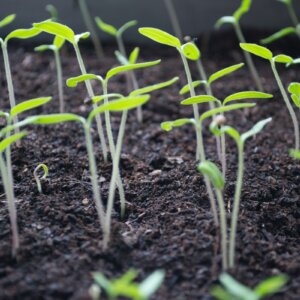



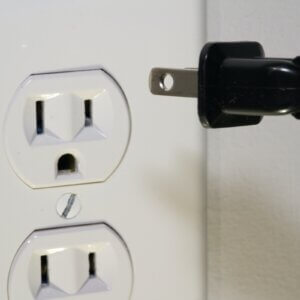





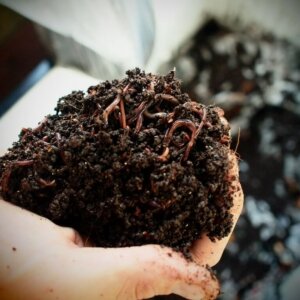



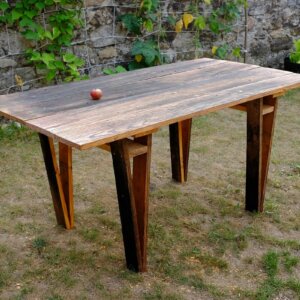


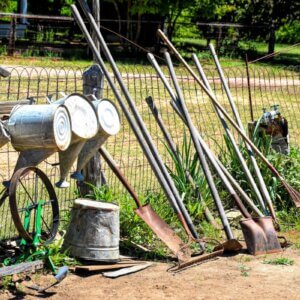


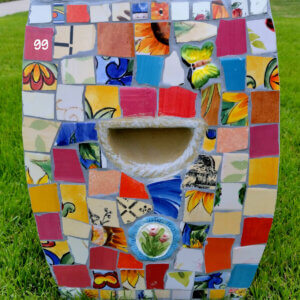

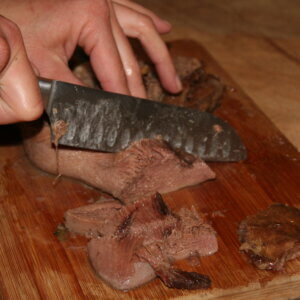




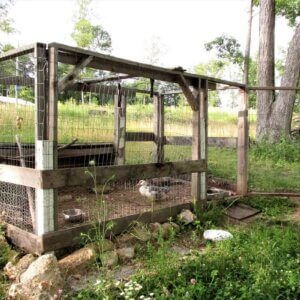


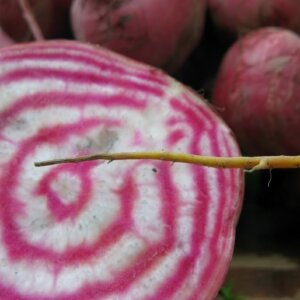






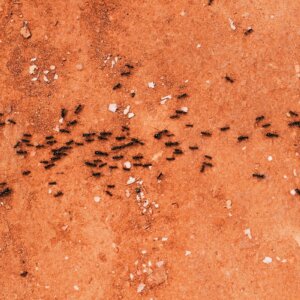
Leave a Reply